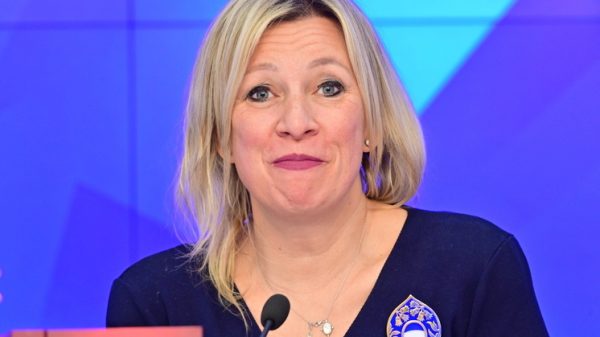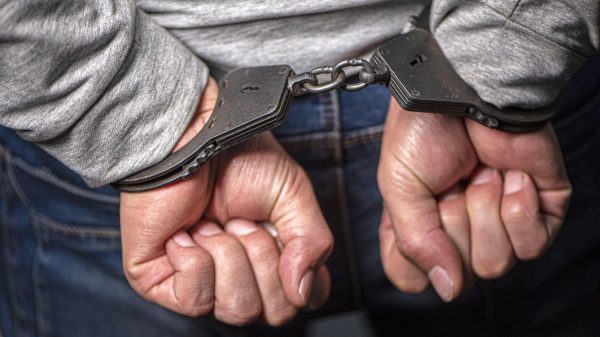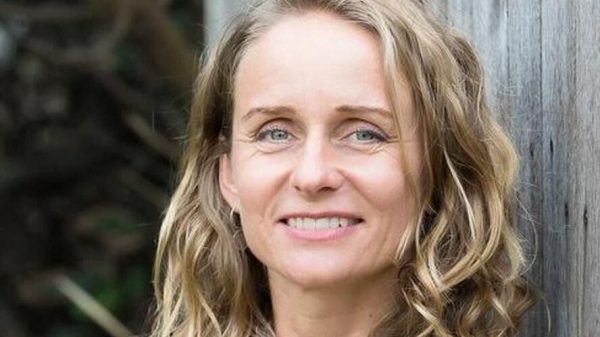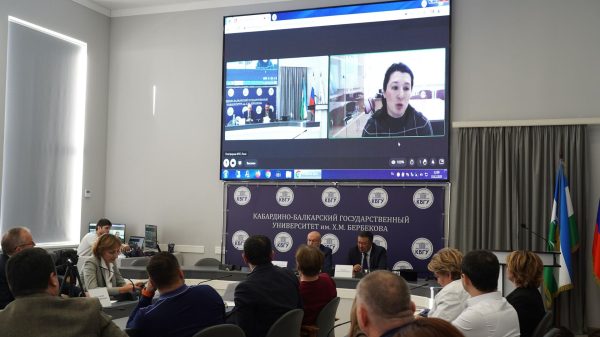There are early signs that England’s second lockdown is reducing Covid infection rates, a prominent scientist has said, cautioning that it is too soon to say how low they will be by early December.
The extent to which the current measures suppress the spread of the virus is likely to determine how tight restrictions will be after 2 December, when the lockdown is expected to end, and whether there is scope for any relaxation in restrictions around Christmas.
Prof Neil Ferguson, an expert in modelling disease outbreaks at Imperial College London, who resigned from the government’s Scientific Advisory Group for Emergencies (Sage) in May, pointed to both pillar 2 case data – testing in the community – and new admissions to hospital as markers of a potential impact.
“There is evidence that infection rates are plateauing and may be starting to go down slowly,” he said.
Is lockdown working? — graphic
He said these trends could be attributed to lockdown measures, although cases were already slowing somewhat due to the effect of tier 3 restrictions in some parts of the country.
“It is too early to assess what the overall impact by 2 December will be, though we should not expect too much, given schools are still open,” he said. “A halving of infection prevalence over the four weeks would be a positive result.”
Ferguson said that deciding what control measures were introduced after lockdown was lifted would be key.
“We now have clear evidence that tier 3 measures were working to bring down infection rates in some areas. Tier 2 was also having an impact, but a smaller one,” he said. “The decision is a political one, but if we don’t want to see infection levels rebound from 3 December, my assessment is that measures between tier 2 and tier 3 will be necessary in the great majority of locations.”
The lag between restrictions being introduced and their effects on the number of cases becoming apparent is down to a number of factors.
It generally takes about five days between someone becoming infected and showing symptoms – although it can take up to 14 days – with a test only recommended once symptoms have developed. It can then take a couple of days to receive test results, said Ferguson, while approximately a week of data is needed to see a trend.
It can take about two weeks before those infected deteriorate to the point of requiring hospital care, with more time generally passing before death occurs.
At present, data on infections in the community from a survey of randomly selected households, performed by the Office for National Statistics, is only available to 6 November and hence does not yet reveal the impact of lockdown.
Government data on cases by date reported reveals 20,291 people in England were reported as testing positive for coronavirus on Thursday. That is up from 17,189 on 18 November – breaking a six-day run of falling case numbers. However, unlike the ONS survey this data can be influenced by levels of testing available in different areas.



















































Свежие комментарии